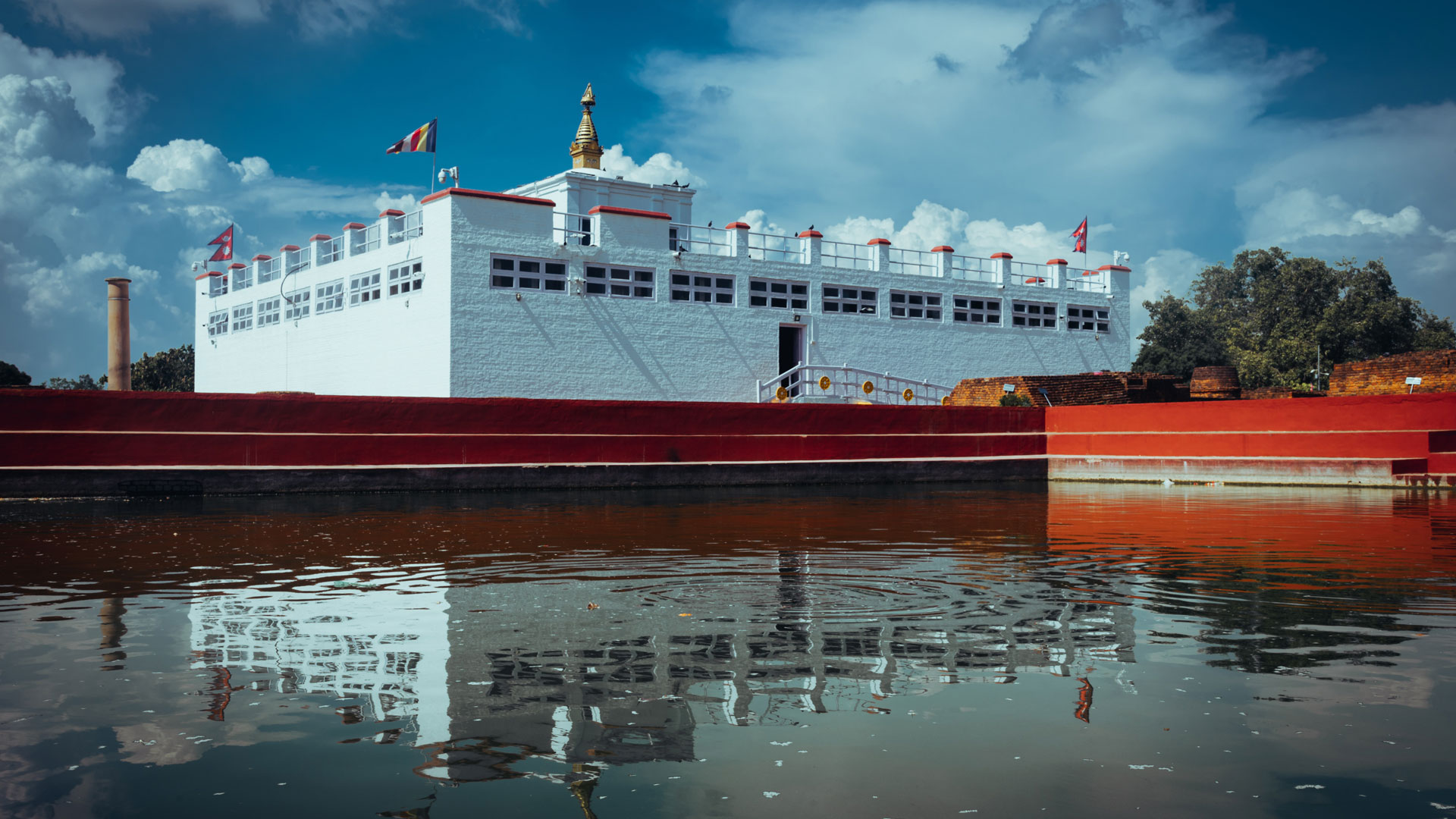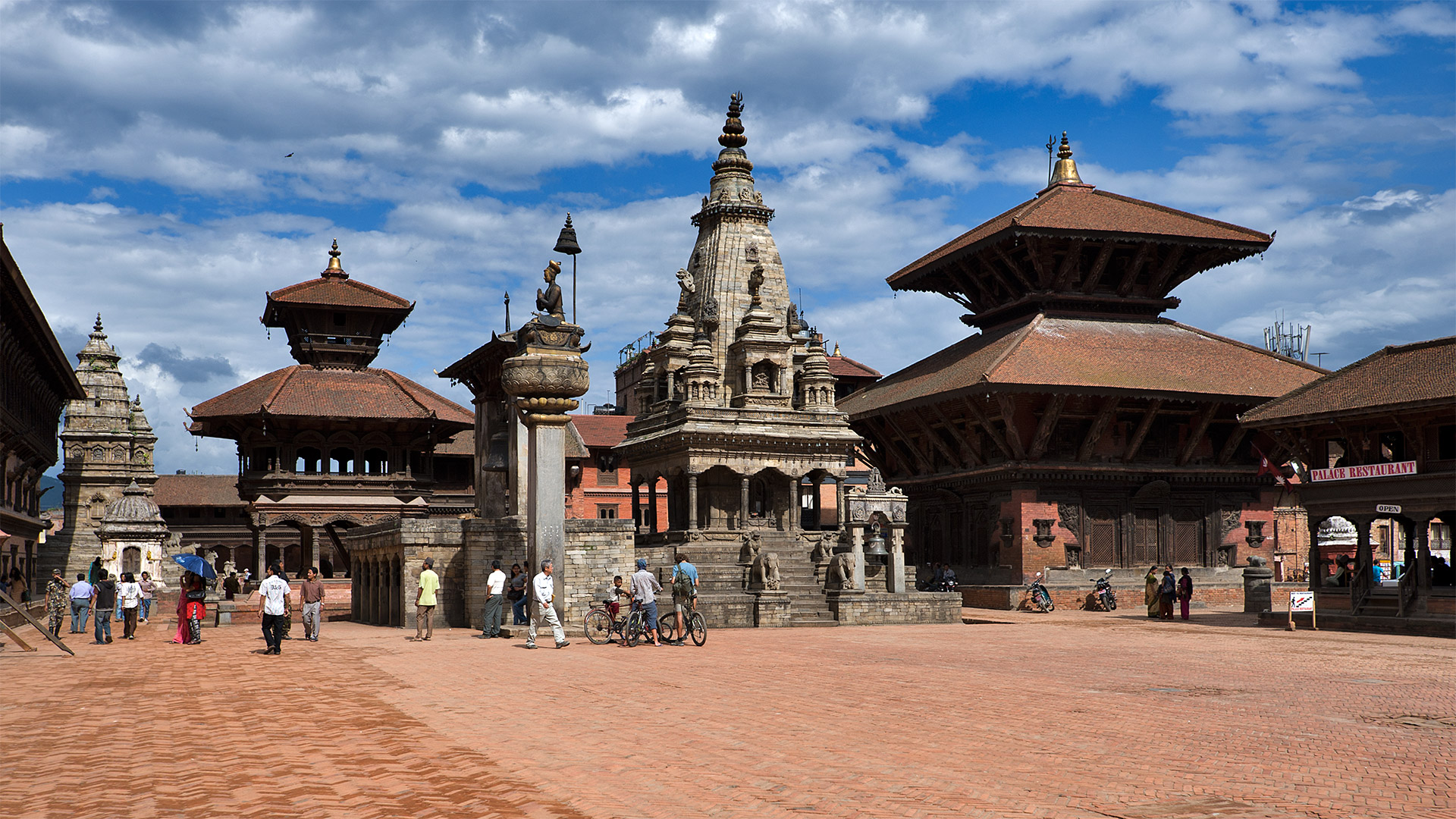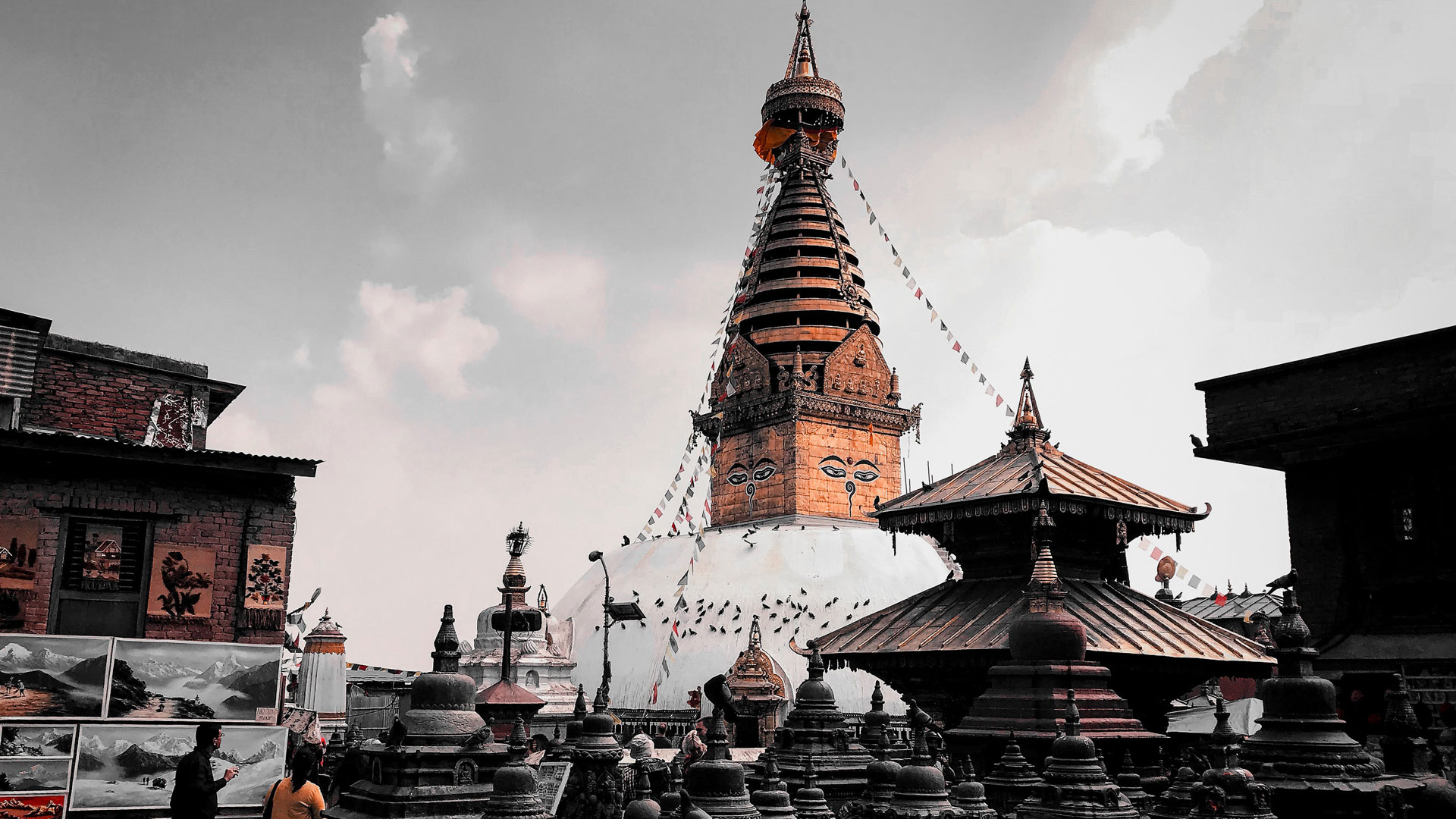Situated i11 the lap of the Himalayas, Nepal is located between the latitude 26*22′ to 30*27′ North and longitude 8ff•4′ E to 88″‘ L 2’ East, and elevation ranges from 90 to 8848 meters. The average length being 885 km east to west and the average breadth is 193 km from north to south. Nepal has occupied 0.03% land on the world and 0.3% of Asia Continent. The country is bordering between the two most populous countries in the world, India in the East, South, and West , and China in the North. Nepal is a land locked country and home place of natural beauty with traces of artifacts. Th e Northern range (Himalayas) is covered •with snow over the year where the highest peak of the world, the Mount Everest, stands. The middle range (Hill) is captured by gorgeous mountains, high peaks. hills, valleys and lakes. Southern range (Terai) is the gangaitic plain of alluvial soil and consist of dense forest area, national parks, wildlife reserves and conservation areas. The temperature and rainfall differ from place to place. In the geographic diversity and varied climatic conditions 23.2 million people of more than 60 caste/ethnic groups are accommodated in the country. Nepal presents an example of being w1ited in diversity over the history and has maintained it’s pride as being an independent sovereign state.

Geographically, the country is divided in three regions; Mow1tai11, Hill and Terai accommodating 7.44 and 49 % of the population respectively. Based on area of districts these regions constitute 35, 42 and 23% of the total land area. There are 5 development regions and 75 administrative districts. Districts are further divided into smaller u11its, called Village Development committee (VDC) and Municipality.
Nepal is the member of the United Nations and has established diplomatic relation with 1 13 (Ju n 200 1) countries of the world. Major export commodities are paste, Pulses, oil Cake, Catechu , Jute good Sacking, Twins, Carpets (Hand knitted woolen), Readymade garments, handicrafts, ginger.






